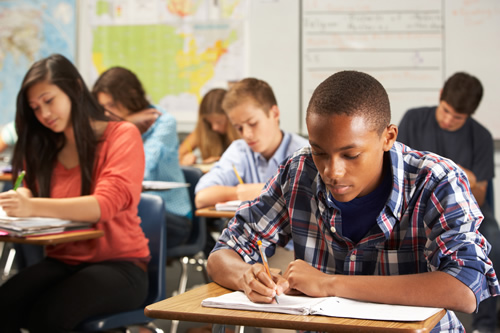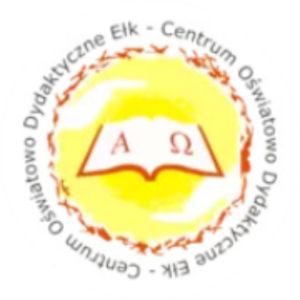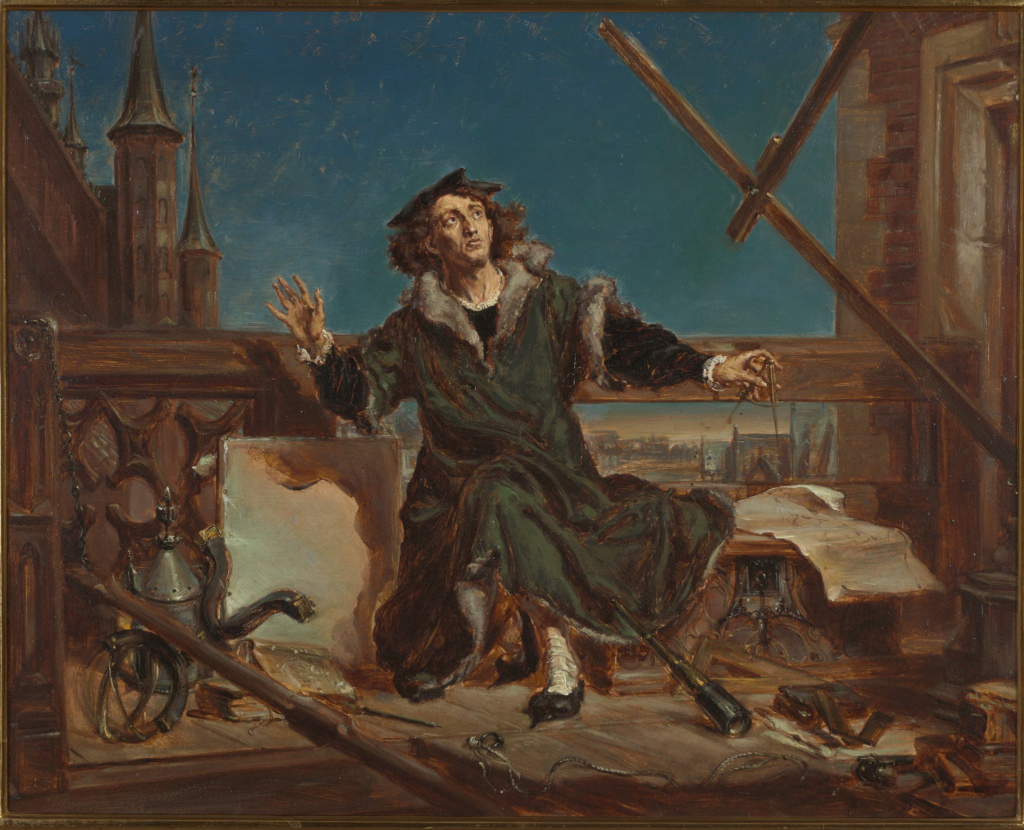In today’s interconnected world, pupil neighborhoods play a crucial duty in shaping academic and individual experiences.

These communities are not just collections of people yet are vibrant ecosystems that foster growth, learning, and collaboration among trainees. They differ extensively in type and function, from campus-based groups to worldwide on the internet forums, each offering one-of-a-kind opportunities for interaction and development.
Whether you are tipping onto a college school for the very first time or participating in virtual discovering settings, comprehending the structure and benefits of student neighborhoods can greatly enhance your instructional trip. This short article looks into the significance of pupil neighborhoods, discovering how they function, the advantages they offer, and the methods which they can be leveraged for individual and academic success.
Understanding Student Areas
Pupil communities are foundational to the scholastic experience, working as both social and instructional support systems. At their core, these neighborhoods are teams created naturally by trainees who share typical rate of interests, goals, or disciplines. They can be casual, such as study hall, or formal, like trainee unions and clubs.
These communities are characterized by a common identity and the cumulative search of understanding, skills, and experiences. They serve as platforms for trainees to connect, collaborate, and add to each various other’s development, extending beyond academic borders to influence personal advancement and neighborhood involvement.

In essence, student communities are microcosms of larger societal structures, where leadership skills are developed, ideas are traded, and long-lasting friendships are formed. The interactions within these neighborhoods show a varied mix of cultural, intellectual, and social dynamics.
- Networking Opportunities: Pupil areas supply a network of peers and mentors that can offer support and guidance.
- Skill Advancement: Engaging in neighborhood tasks assists trainees create crucial abilities such as communication, leadership, and synergy.
- Source Gain access to: These areas commonly give access to scholastic resources, including research products and professional guidance.
- Social Engagement: They provide a system for social interaction, alleviating the transition right into new academic atmospheres and aiding to combat isolation.
With these numerous functions, pupil communities end up being essential to the alternative development of students, laying a structure for future expert and individual success.
The Advantages of Participating In Pupil Areas
The benefits of participating in student neighborhoods are diverse, impacting both academic and individual rounds.

On an academic level, these neighborhoods urge collaborative discovering, permitting pupils to take advantage of varied viewpoints and know-how. Sharing knowledge and resources within an area can lead to more effective discovering end results and improved academic performance.
Furthermore, trainee neighborhoods supply a system for personal development and self-discovery. By engaging with peers from various backgrounds and techniques, students obtain a more comprehensive worldview, enhancing their cultural capability and empathy. This direct exposure to varied viewpoints is invaluable in developing crucial thinking and analytical skills.
Additionally, active participation in community tasks can enhance students’ confidence and self-confidence. Handling management roles or joining discussions and occasions cultivates a feeling of achievement and belonging, which is critical for overall well-being and inspiration.
Kinds Of Pupil Areas
Student neighborhoods come in various forms, each accommodating various passions and objectives. These can be extensively classified right into scholastic, social, leisure, and specialist neighborhoods, to name a few. Each kind provides unique platforms and possibilities for pupil engagement.
- Academic Communities: These are normally focused around specific disciplines or scholastic rate of interests. Instances include study groups, honors societies, and departmental clubs.
- Social Areas: These groups focus on advertising cultural recognition and variety, usually organizing occasions and activities to celebrate different practices.
- Entertainment Areas: These consist of sporting activities teams, leisure clubs, and hobby-based groups that provide a break from scholastic rigors and advertise physical and mental wellness.
- Specialist Communities: These are aimed at occupation advancement, offering networking possibilities, workshops, and mentorship programs to prepare pupils for the specialist world.
By determining and involving with the best communities, pupils can customize their university experiences to line up with their passions and career goals, paving the way for a meeting scholastic trip.
Building a Growing Trainee Area
Producing and keeping a thriving pupil community calls for initiative and cooperation from both students and schools. It begins with promoting a comprehensive environment where all trainees feel invited and valued no matter their backgrounds.
Organizations can support this by learning resource hub supplying resources and centers that encourage interaction and involvement. This includes producing physical spaces like student unions and online platforms that promote communication and partnership. Additionally, organizing events, workshops, and seminars can further enhance involvement, supplying trainees with chances to link and learn from each other.
Management and Trainee Participation
Efficient leadership is vital in supporting an effective student neighborhood. Management roles within these neighborhoods use pupils a possibility to develop and demonstrate their business and social abilities. Pupils that presume these roles add significantly to establishing the tone and direction of their neighborhoods, affecting their peers positively.
Encouraging management and energetic involvement amongst trainees not only enhances the neighborhood yet additionally equips individuals, preparing them for future obstacles. By promoting a society of cooperation and support, student communities can flourish, leaving a long lasting influence on their participants and the scholastic setting overall.


